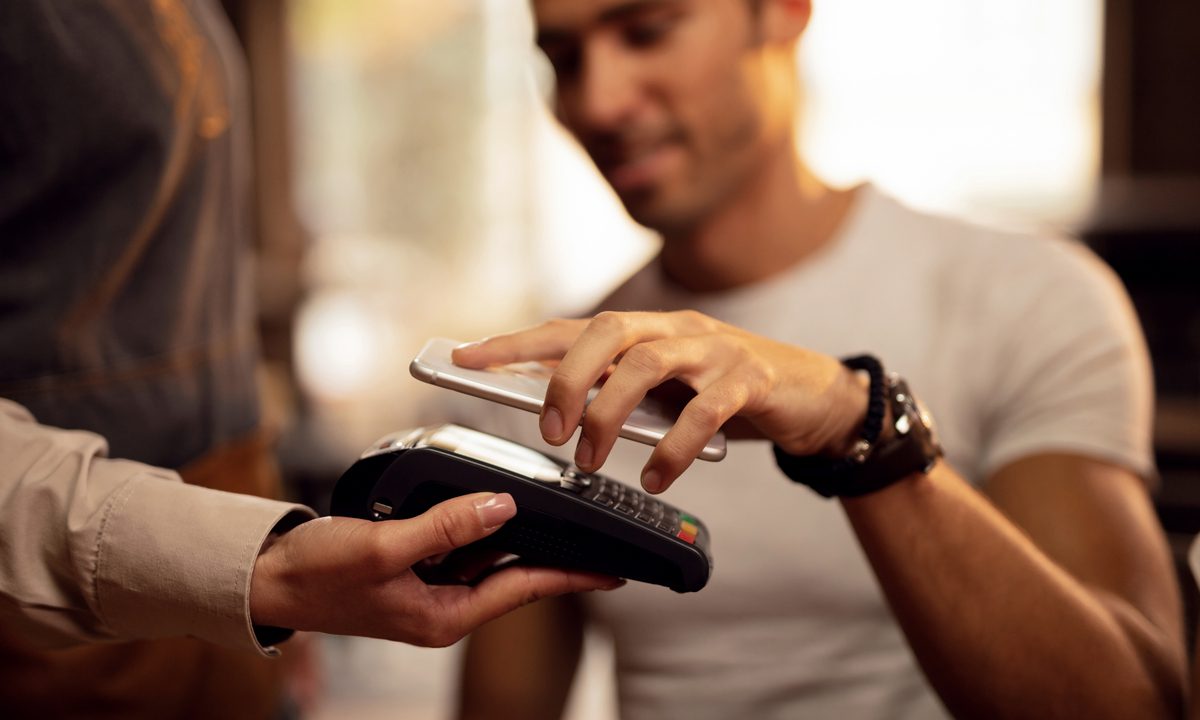Account-to-Account Transactions Leapt 60% in 2020

When consumers were forced to migrate from physical to digital commerce in the first months of the pandemic, account-to-account (A2A) money transfers soared.
In fact, A2A transactions per active debit card per month leapt nearly 60% in 2020, according to the September Next-Gen Debit Tracker, a collaboration between PYMNTS and PULSE, a Discover company.
Read more: Merchants That Accept P2P Payments Win New Business, Customer Loyalty
“During the pandemic, consumers have increasingly opted for contactless mobile payments such as Apple Pay and Google Pay for in-store purchases,” Hisham Salama, chief digital officer and executive vice president for Bank of the West told PYMNTS.
Contactless Payment Methods
A2A transfers are swiftly overtaking more traditional payment methods, such as cash or plastic cards, at the physical and digital point of sale (POS) globally.
The main factor driving the boom in A2A transfers is the growing popularity of contactless payment methods, including mobile apps that support instant payments.
Consumers are unlikely to put aside their mobile payment apps now that many retailers are reopening their physical locations. Many consumers were adopting mobile-optimized payment methods before the health crisis, but touchless payments are rapidly replacing other payment tools at the POS.
This is especially the case among younger consumers, such as millennials and members of Generation Z. PYMNTS data show that more than 64% of bridge millennials use digital wallets to pay at physical stores.
Catering to This Growing Preference
Catering to this growing preference for A2A payment methods is vital for retailers to improve customer engagement and loyalty.
Businesses are eyeing these methods with more interest as consumers continue to cling to them, with a broader number of merchants convinced that such payment methods will not be going away.
“Small businesses have done a very good job of allowing consumers to select their payment method once in store,” Salama said. “The more savvy stores are also layering in rewards programs alongside the everyday purchase.”
The barriers to supporting emerging payment methods have also become fewer over time, further saturating an already crowded field.
Thinking about payments in terms of network or the particular payment rail consumers prefer is one way merchants may be able to gain a key advantage over their competitors as the next-generation, real-time payments ecosystem takes shape.
A More Diverse, Varied Ecosystem
The pandemic appears to have accelerated the creation of a more diverse, varied payments ecosystem, where consumers and merchants have increased access to swifter, more convenient payment methods regardless of channel.
This means both merchants and banks must stay aware of how this ecosystem is growing to ensure they offer the payment methods that can give them a competitive edge.
“The more options consumers have access to, the better the experience for the entire consumer population,” Salama said. “In the past, [setting] up a new payment [acceptance] type was difficult. Today, the effort required is minimal.”
